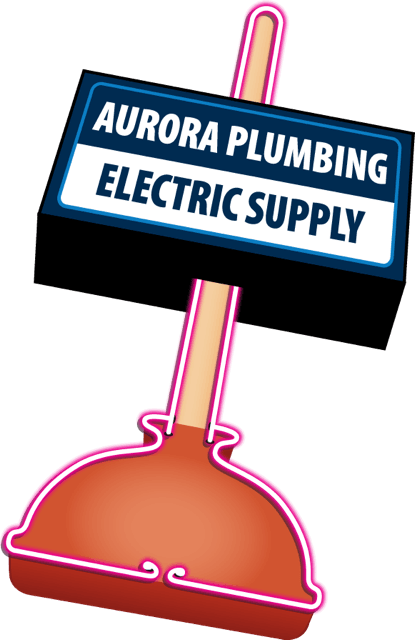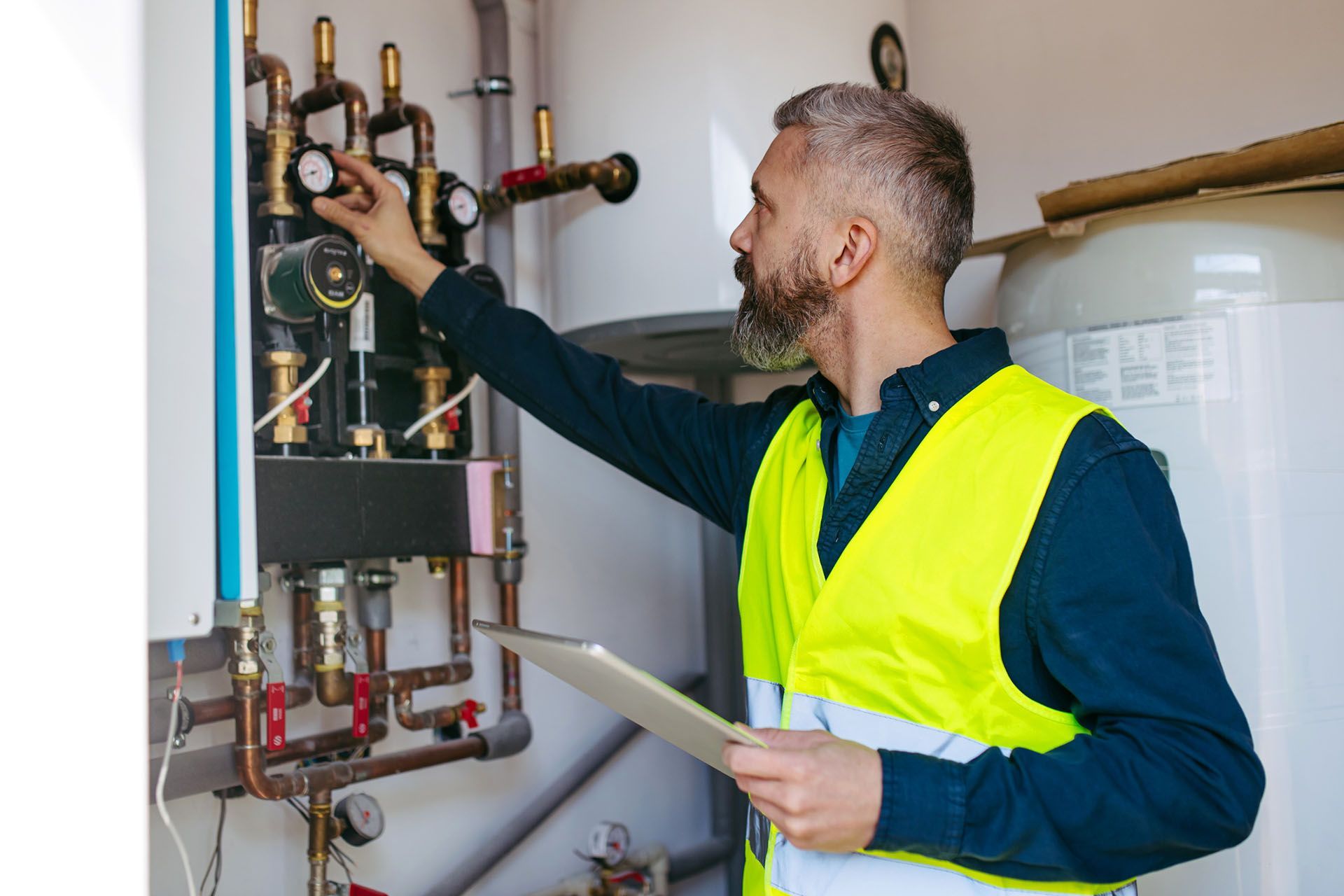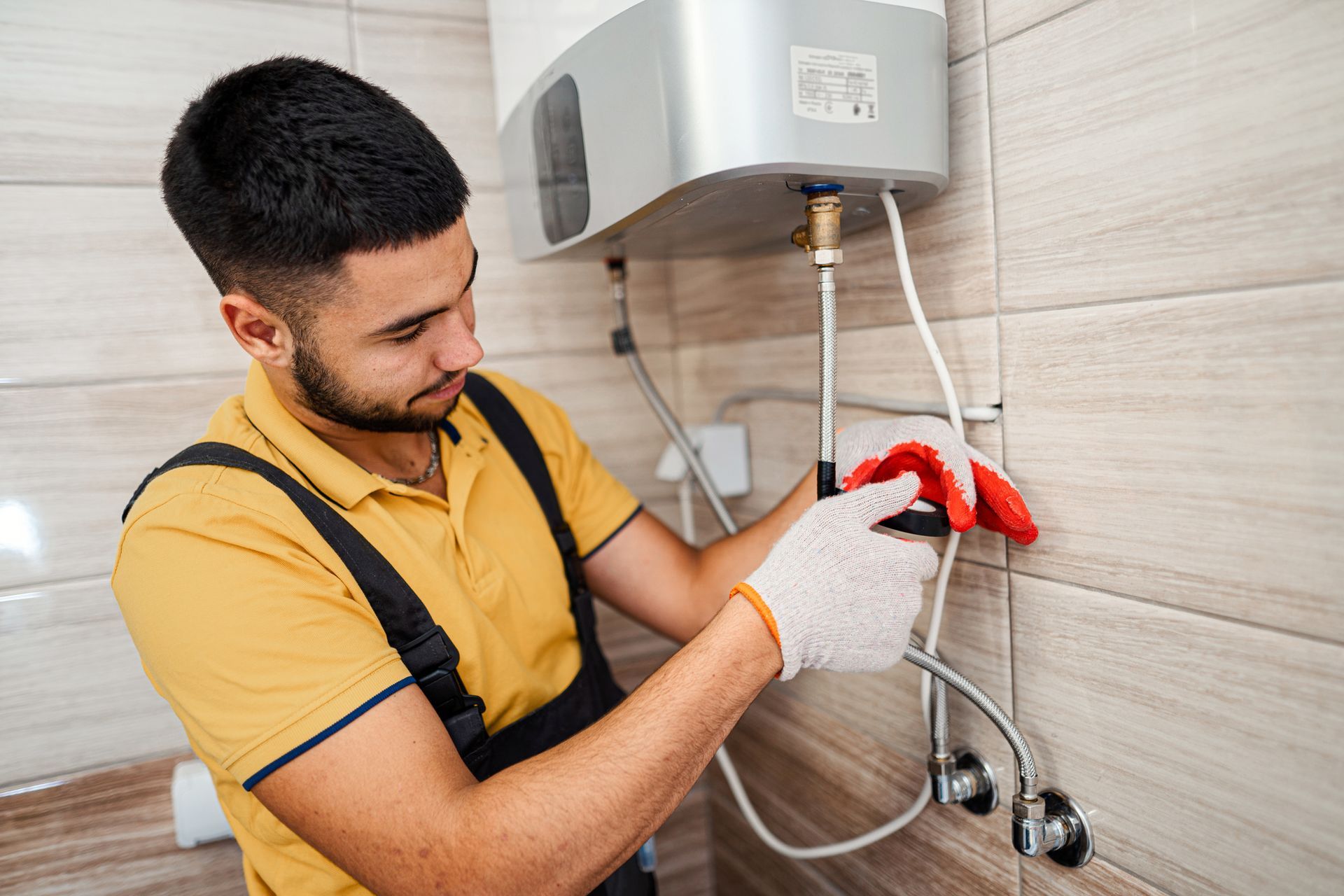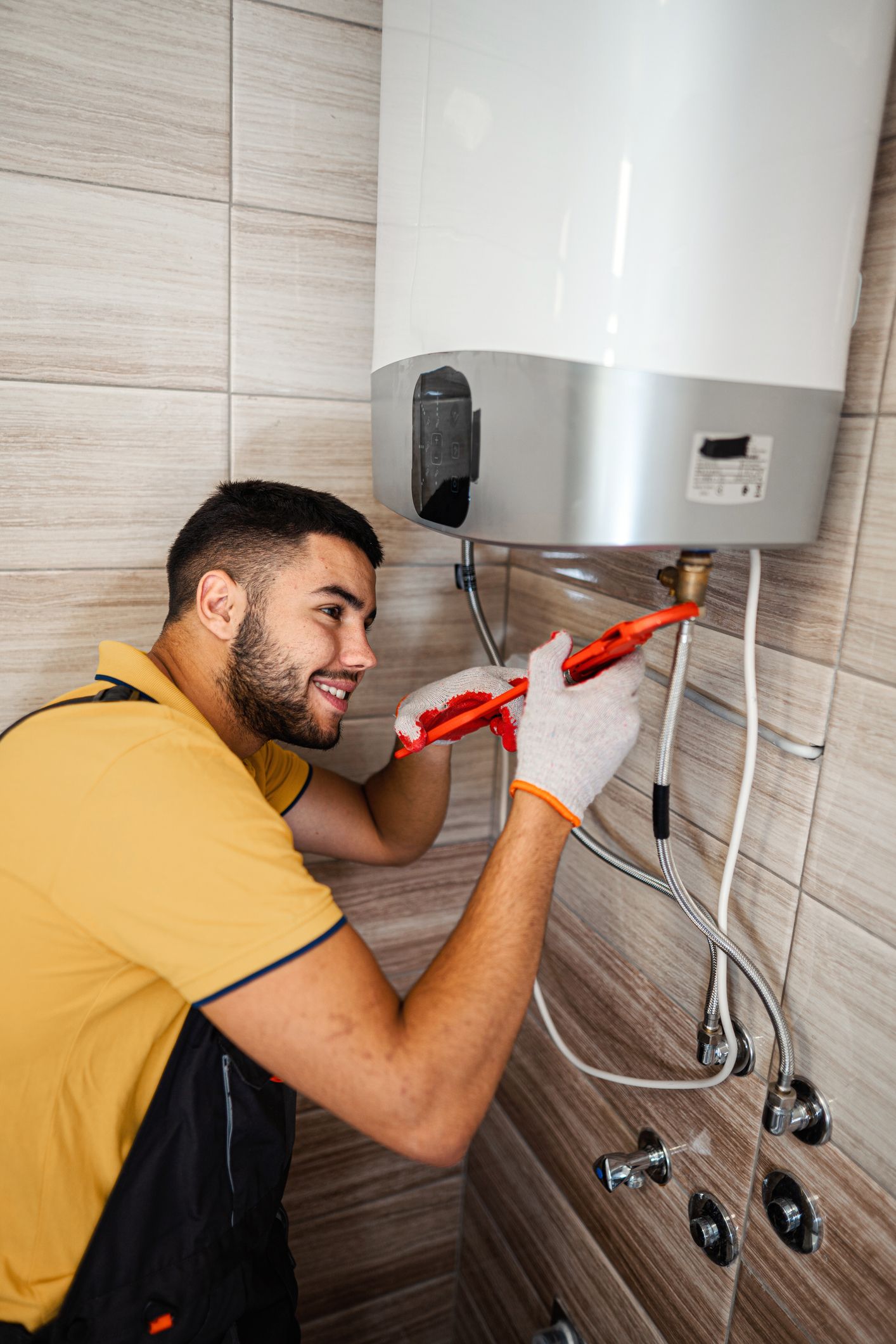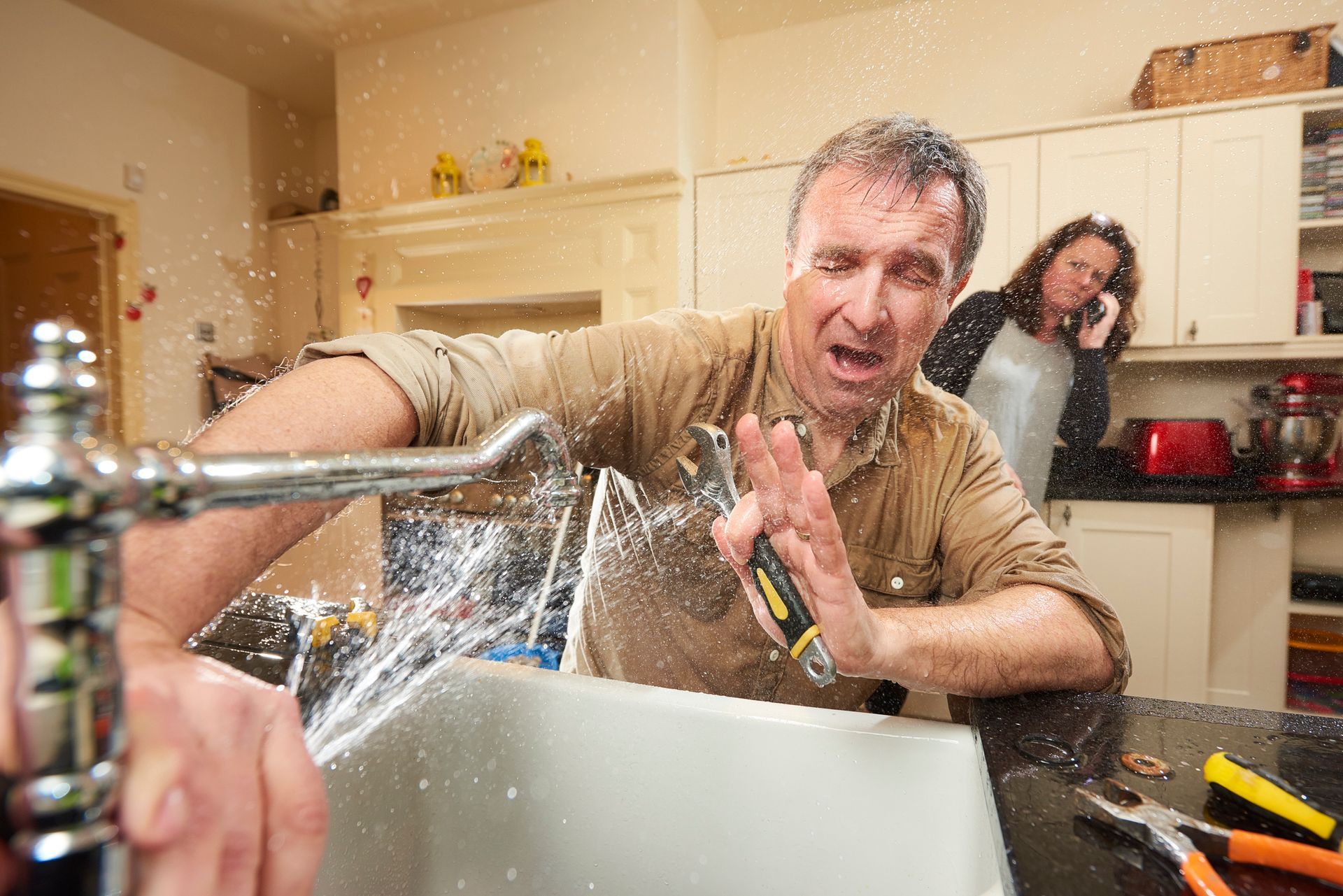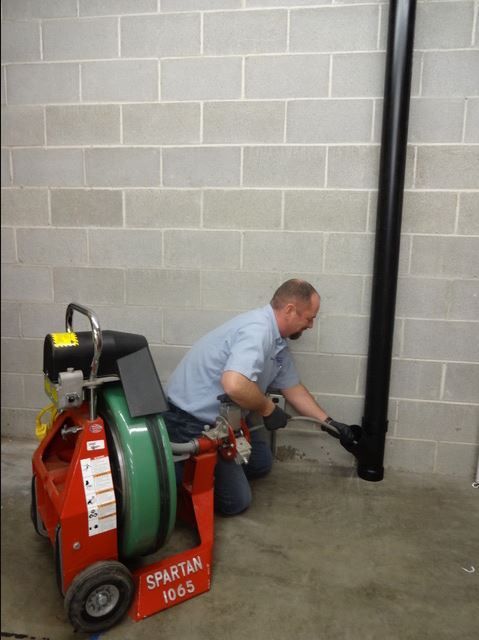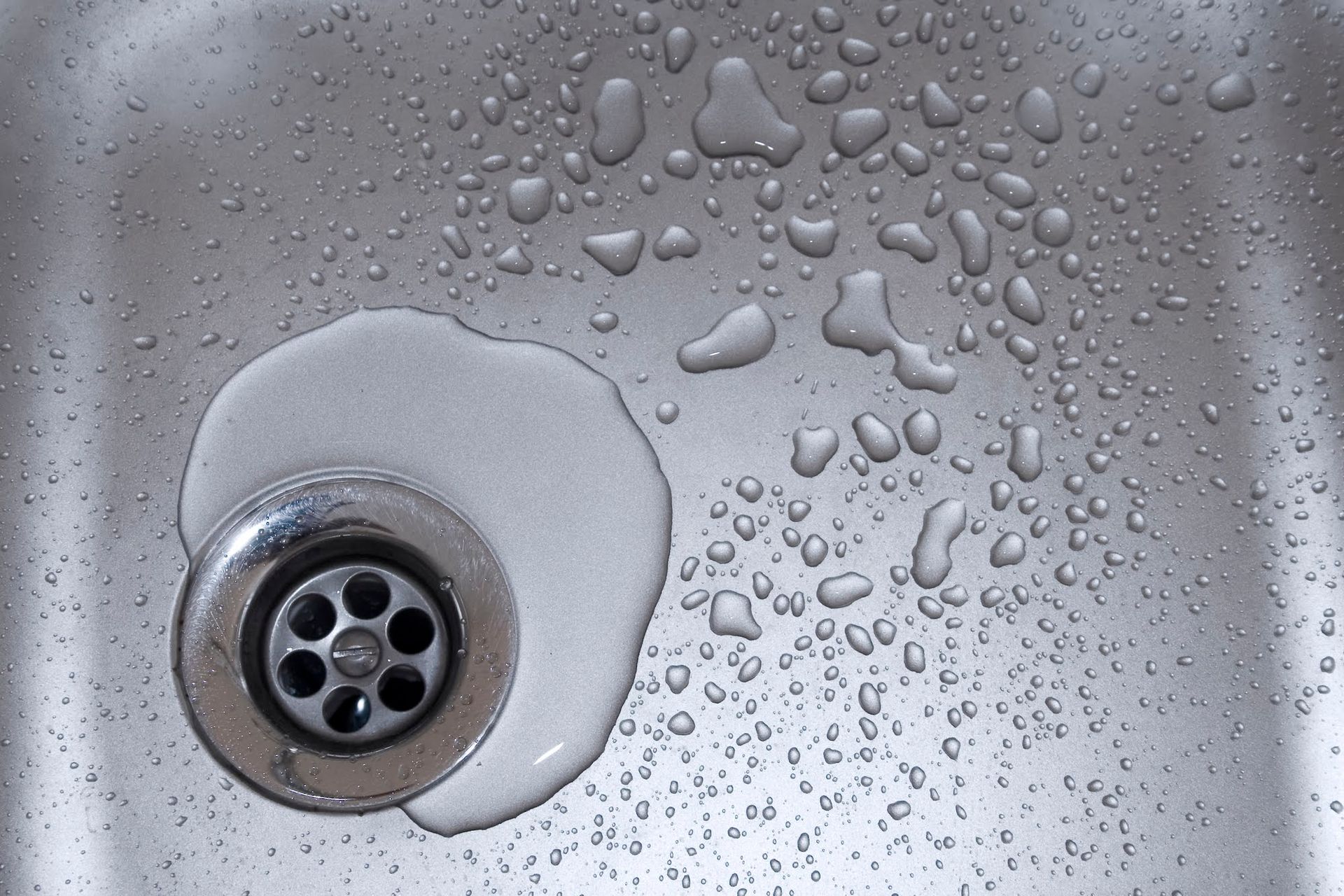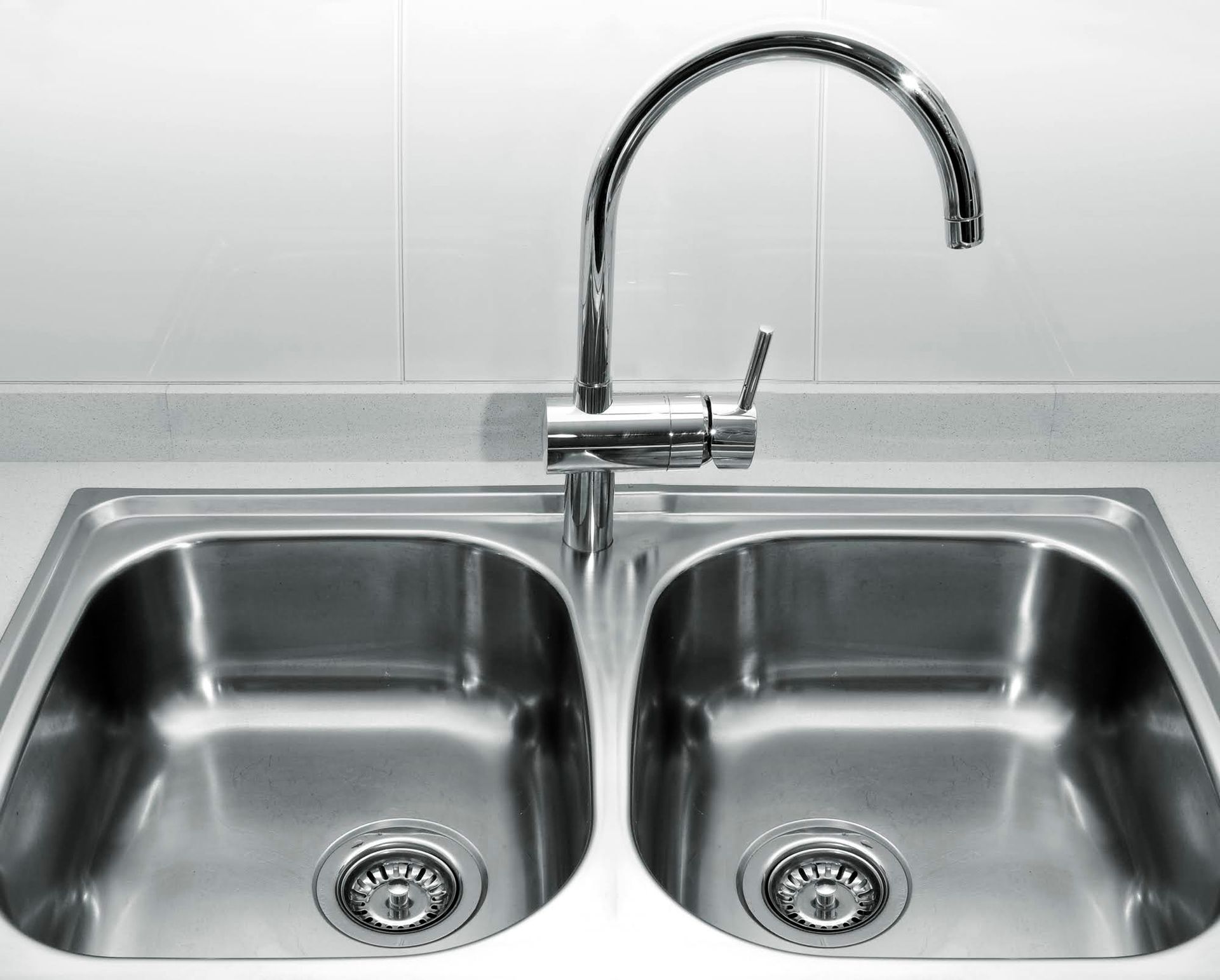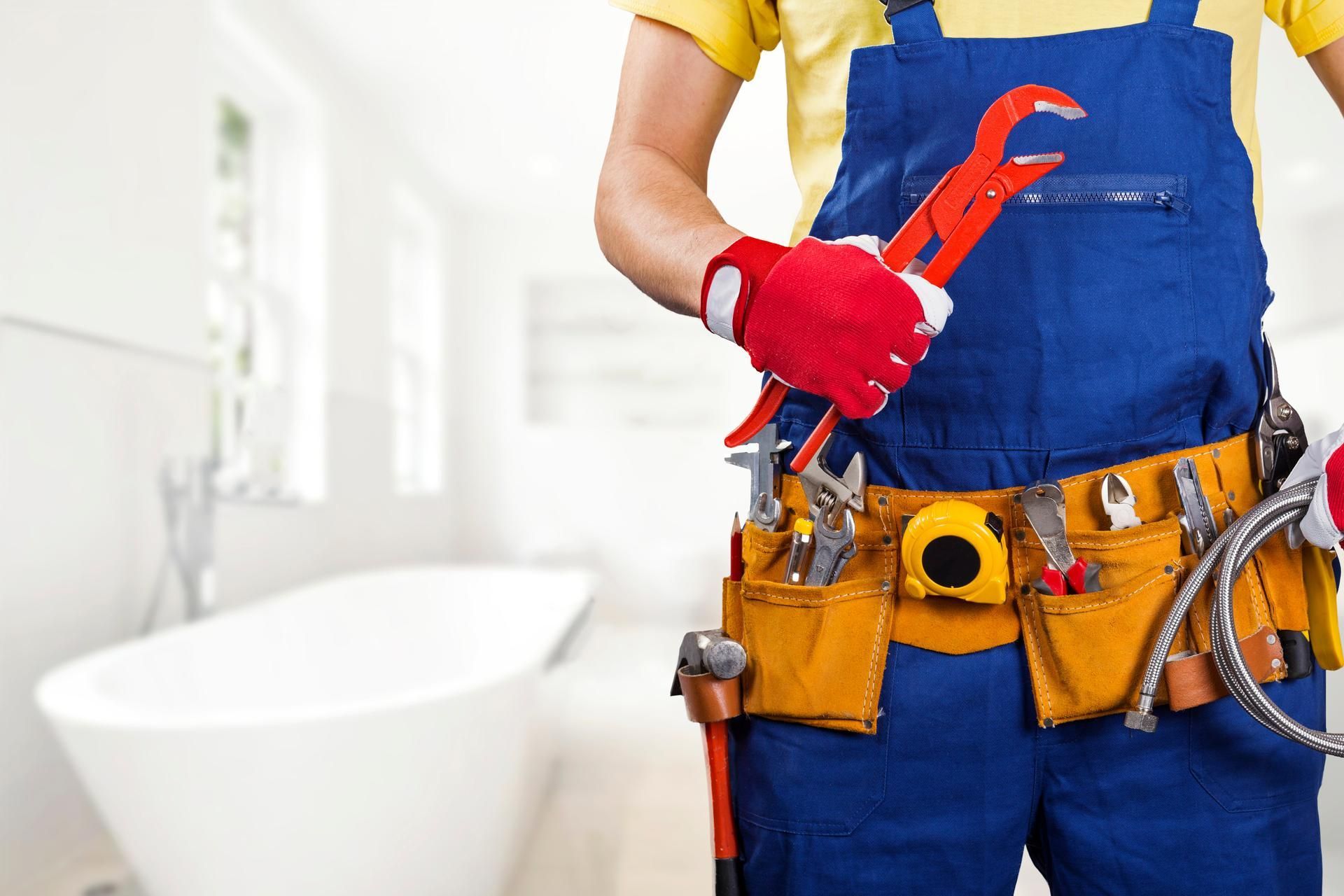Installation-Related Bathtub and Shower Problems
websitebuilder • January 29, 2020
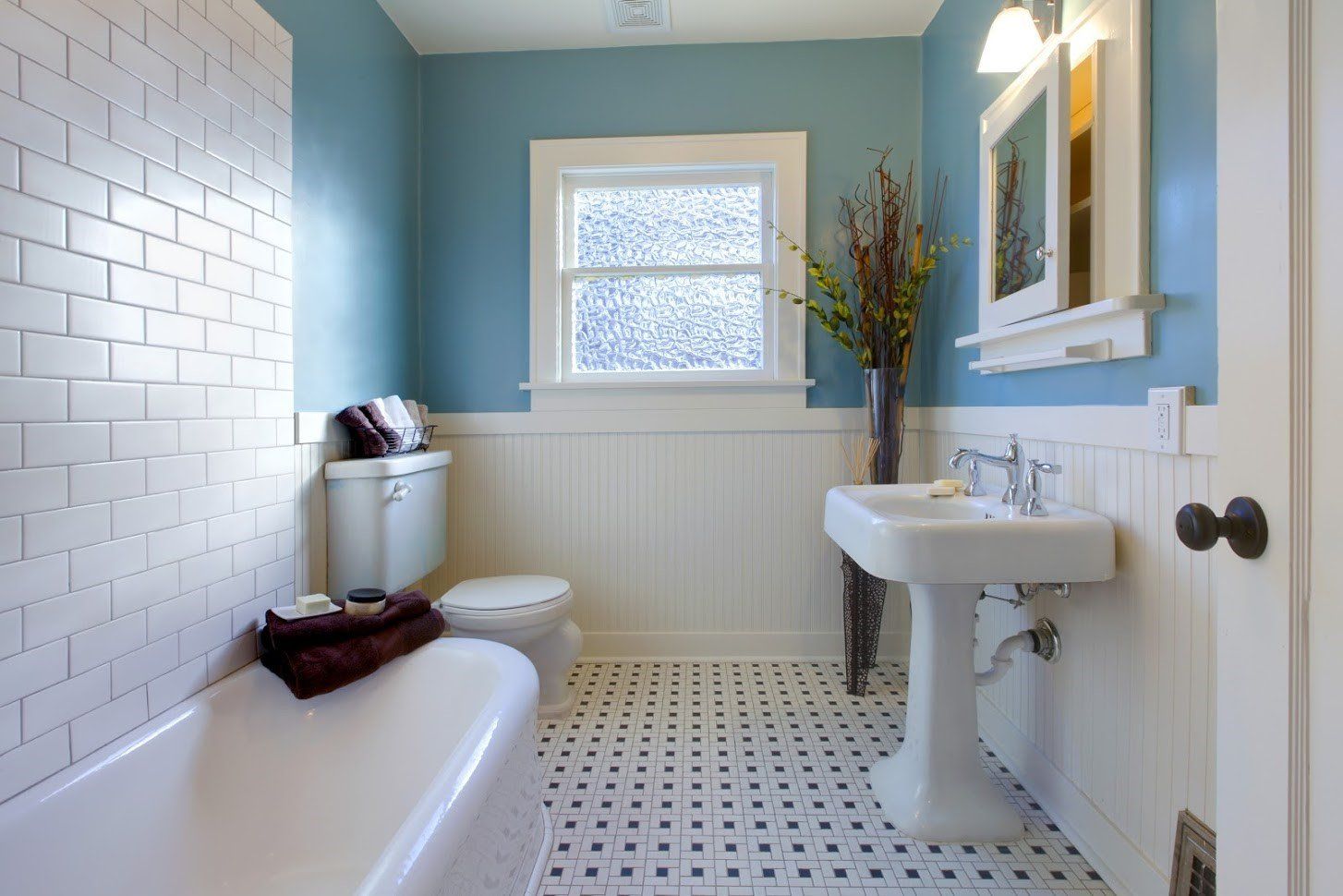
Whether you're installing a bathtub or shower yourself or hiring a handyman or contractor, knowing what you're getting into can help you keep the situation under control. Bathtubs and showers tend to be the largest plumbing fixture in your bathroom, and they have the potential to cause a lot of problems if not installed correctly.
Here are some potential problems that you can avoid by choosing the best installation services.
1. Leaks
A bathtub or shower can leak anywhere around the edge if the installation isn't completed in a skillful manner. Anywhere the fixture connects to the floor or walls, a tight bead of caulk is needed to prevent leakage. In some cases the caulk may be missing or faulty due to age and wear, but in other cases, it may not have been applied correctly (or at all).
Another problem that can lead to a leak is if the shower liner (for a tile shower) is installed without proper technique or doesn't have a proper flood test during the installation process.
2. Drain Clogs or Leaks
Several things can go wrong with a poorly installed bath or shower drain, often leading to leaks or drainage problems. In some cases, these issues are caused by inexperience or poor technique. One such problem arises if the drain isn't vented well. Lack of good venting can lead to slow drains (that act like they're clogging up), noisy drains, or a trap malfunction.
Another issue can arise if your shower has a tiled floor. Drain installation or replacement, if not done correctly, could end up blocking the weep holes. These holes are a critical backup part of the draining system. So if you need a drain installed on your existing tile-floored shower, be sure you have an experienced plumber to perform the job.
3. Air Gaps
Did you know that the bathtub is a common spot for large air leaks between your home and the basement or crawl space? Installing a bathtub requires a hole in the floor, but often this hole is much larger than it strictly needs to be. In addition, this hole often isn't sealed up carefully during the installation process creating an air gap.
This air gap can allow lots of unheated and uncooled air to get into your home, making your building less efficient. As you can imagine, this issue can cost you money every day by increasing your heating and cooling bills. Fortunately, you can have your plumber fix the problem for you with the application of rigid insulation and spray foam to fill in the gaps.
4. Sewer Gas Smells
The plumbing P-trap is designed to block sewer gases from rising back up through the drains to enter your home. The p-trap does this by creating a small section of pipe that's always filled with water. Water from the shower can easily push past and drain out, but gases can't push back up from the other direction.
If the P-trap goes dry, though, the gases may come through. A P-trap could be leaking because the connections weren't tightened enough, or could malfunction if the drain isn't vented well. If you do smell a sewer-like smell (often described as a rotten-egg smell) in your bathroom, you'll need to have a plumber take a look to properly identify and repair the issue.
These problems can all arise from problematic installation techniques. Knowing the correct techniques and using only the best materials and installation services can help you avoid these and other potential issues.
Whether you're looking for the right caulking to fix a leak or planning a complete replacement of a bathtub or shower, Aurora Plumbing has you covered. Call today to learn more about our parts, supplies, and installation services. Or come to our showroom to see what we have to offer.

